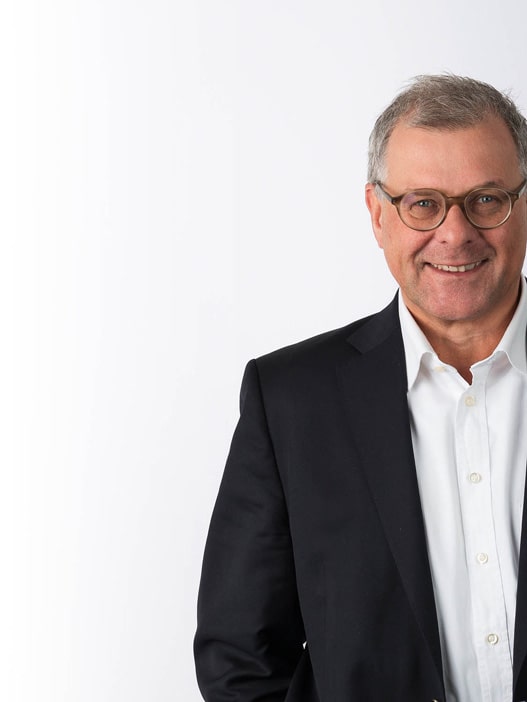Amendments to EU council regulation on the EU trade mark enter into force on 1 October 2017
Read the full text
On 1 October 2017, a number of new provisions will come into force which necessitated the development of secondary legislation, consisting of the Delegated Regulation (EU) 2017/1430 and the Commission Implementing Regulation (EU) 2017/1431 and lead to the recodification of the EU-trademark law in the Regulation (EU) 2017/1001.
These three major developments will affect the following areas: graphical representation of trademarks, EU Certification Marks and procedural regulations.
THE LION’S ROAR AS A PROTECTED TRADEMARK
Due to the rapid developments of technology, the EUIPO took measures to modernize the application procedures. For this reason, a number of new ways of representing trademarks submitted to registration will be available from 1 October 2017. The requirement of graphical representation no longer applies when submitting a trademark application. In the future, the representation of the trademark in any appropriate form using generally available technology, as long as it can be reproduced on the register in a clear, precise, self-contained, easily accessible, intelligible, durable and objective manner, will suffice.
As, for instance, with the use of audio files, which are able to play sound, the application of sound marks will be possible without the submitting sheet music. To give an example: It should now be possible to get a trademark protection for the majestic roar of a lion as an EU sound mark for a company by simply submitting an audio file to the EUIPO. Motions can be protected as motion trademarks by submitting videos or images showing the movements and elements with holographic characteristics could be protected as hologram trademarks by the submission of video files, which reflect the holographic effects.
In this regard the implementation of technical specifications for the representation of trademarks was necessary to ensure that the filing of the trademarks can be executed properly.
UNIONWIDE QUALITIY PROTECTION OF GOODS & SERVICES
Also new is the implementation of the EU Certification Mark as of 1 October 2017. Companies will be able to mark goods or services, which are certified by the proprietor of the trademark in respect of material, mode of manufacture of goods or performance of services, quality, accuracy or other characteristics, with a unique seal of quality. Therefore, goods and services must comply with standards set out in regulations of use controlled under the responsibility of the Certification Mark owner, irrespective of the identity of the undertaking that actually produces or provides the goods and services at issue.
The regulations of use must be provided to EUIPO within two months of the application for registration of the Certification Mark and must contain the characteristics of the goods or services to be certified, the conditions governing the use of the Certification Mark as well as the testing and supervision measures to be applied by the Certification Mark owner. The list of goods and services must be included in the regulations of use of the Certification Mark being applied for.
Special attention must be paid to two crucial limitations within the application process of the Certification Mark. First, it is not possible for the owner of a Certification Mark to carry out business which involves supplying the goods and services of the certified mark. Second, a Certification Mark cannot be assigned to distinguish goods and services certified in respect of their geographical origin.
EVIDENCE OF USE WITH THE HELP OF ONLINE SOURCES
Significant changes will also occur in the area of procedural regulations. To provide evidence concerning the use of the trademark and earlier rights, the EUIPO now recognizes the submission of evidence received from online sources including all databases of national and regional IP authorities as well as the online platform "TMview" as a portal which provides access to such databases under the purview of national authorities. Claims of priority must now be filed together with the EUTM application; so far, such claims have been accepted even after the submission of the application. Furthermore, translation standards for the application process were simplified and the means of communication by and with the office were adapted and extended.
